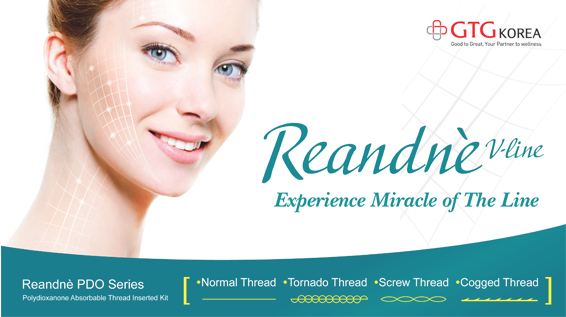
In this article, we will take a look at sunken eye correction, a topic that I cover frequently in my presentations at academic conferences(Figure 1).
.jpg)
Figure 1. Sunken eye.
Aging of the orbit area manifests in bone structure change, thinning of soft tissues, sagging and skin changes. Blepharochalasis, ptosis of the upper eyelid and eyebrow, and lacrimal caruncle protrusion, etc. can also occur. Skin aging occurs across the entire face but the signs are most pronounced around the eye area. As the skin ages, collagen content decreases, leading to reduced elasticity, thinning and creasing. External factors such as UV exposure and smoking as well as internal factors cause skin aging.
The upper eye hollowness can be congenital or acquired. Sunken eyes create a fatigued or aged appearance. Causes include genes, excessive removal of septal fat in plastic surgery, and natural thinning of fat with aging, etc. In such cases, the levator palpebral superiors muscle attached to the tarsal plate that lifts the eyelid is weakened and often does not attach to the dermis.
Asians have eyelid fat that thickens downward and creates a protruding mound over the eyes. When the orbital septum thins with age tear troughs form. In a ptotic sunken eye, weakened muscles and sagging skin make the eyes look sleepy and fatigued. Volume correction can improve the tired appearance and create a clearer and younger outline of the eyes.
[Advertisement] Reandnè Thread Series – Manufacturer: GTG KOREA(www.gtgkorea.com)
In this treatment, it is advisable to select patients with conditions for easier correction. The best case is a patient with reduced orbital roof fat. If the levator palpebral superiors muscle is loosened, causing ptosis, volume enhancement can worsen the droopiness. Careful patient selection is very important.
When dermal filler is used for volume correction, one should be very careful to avoid branches of the ophthalmic artery such as the supratrochlear artery and supraorbital artery that lied medial to the orbital rim and pass in the glabella and forehead. Some are very thick and some are connected to the central retinal artery deep in the orbit. Utmost caution is needed to avoid these arteries. Generally, 27G(Figure 2), or 30G cannulas(Figure 3) are used.
-To be continued




















